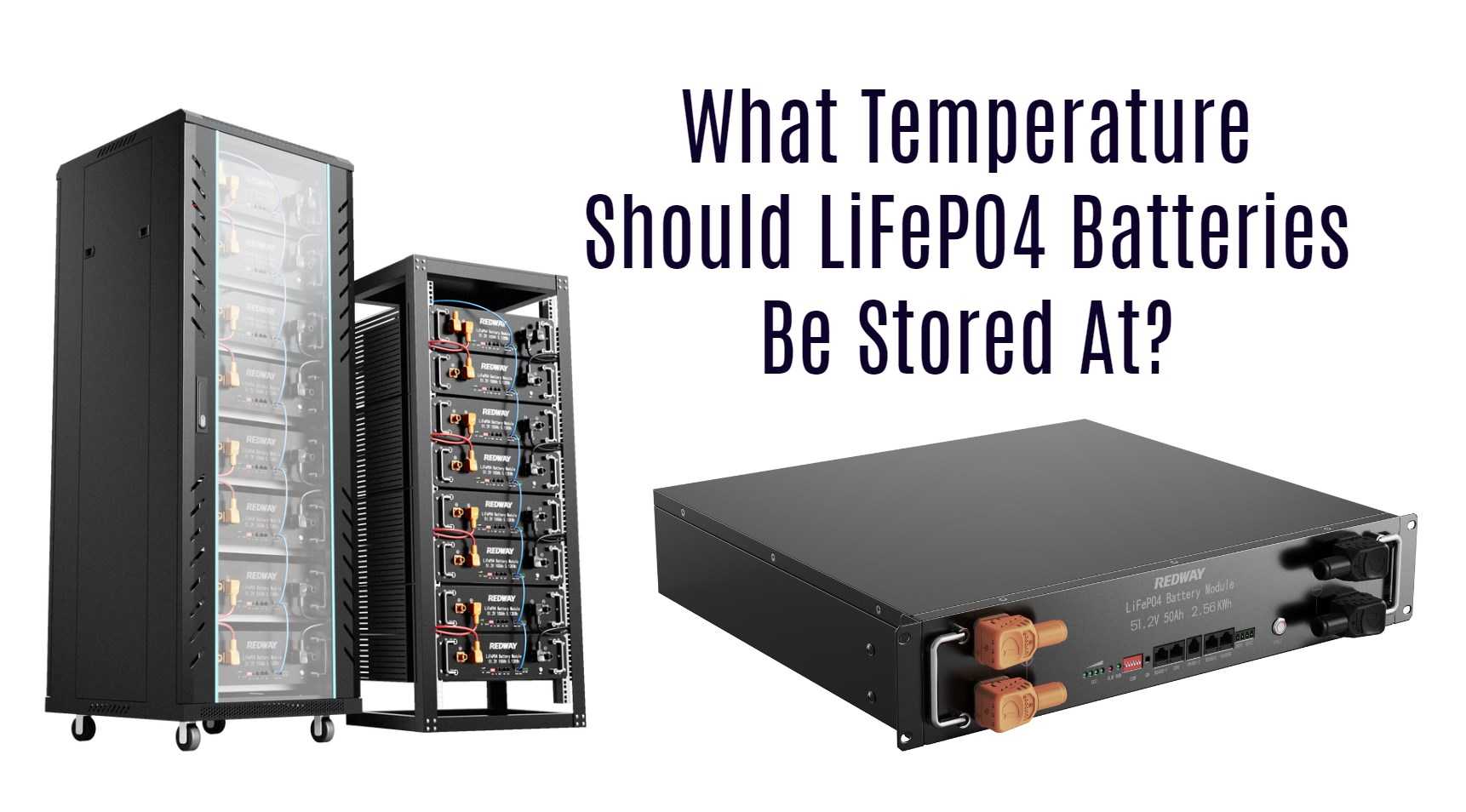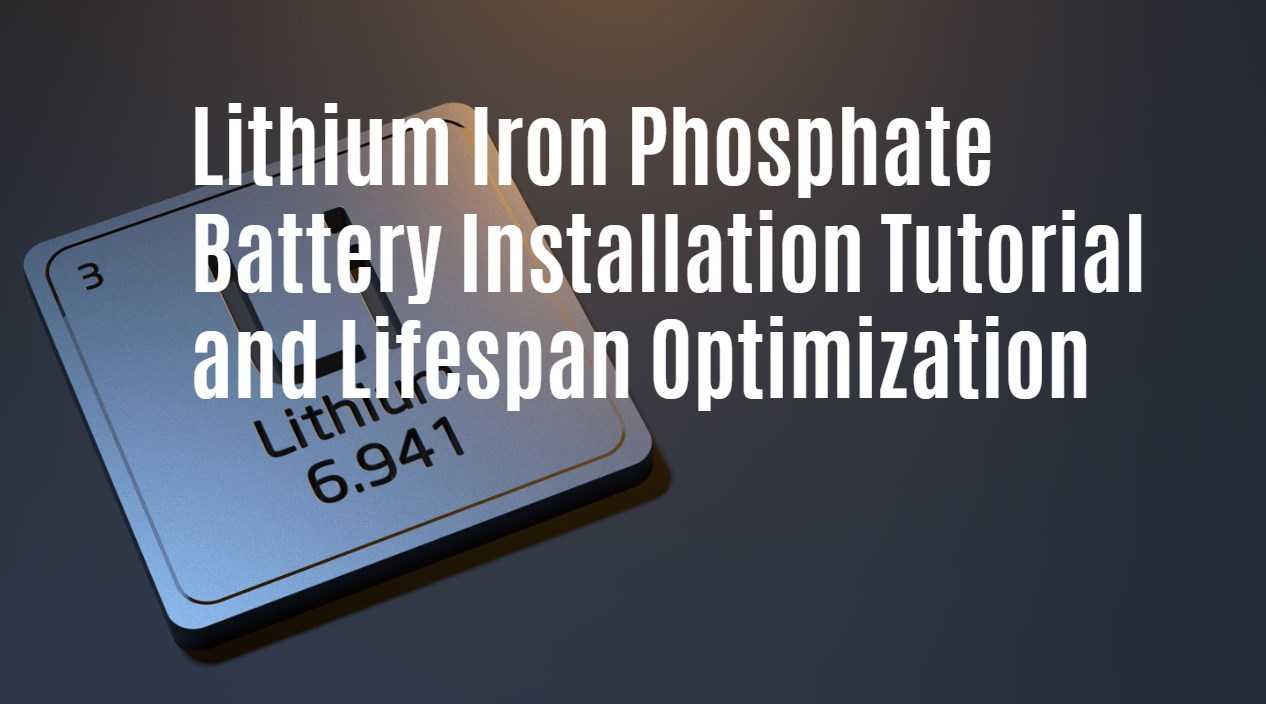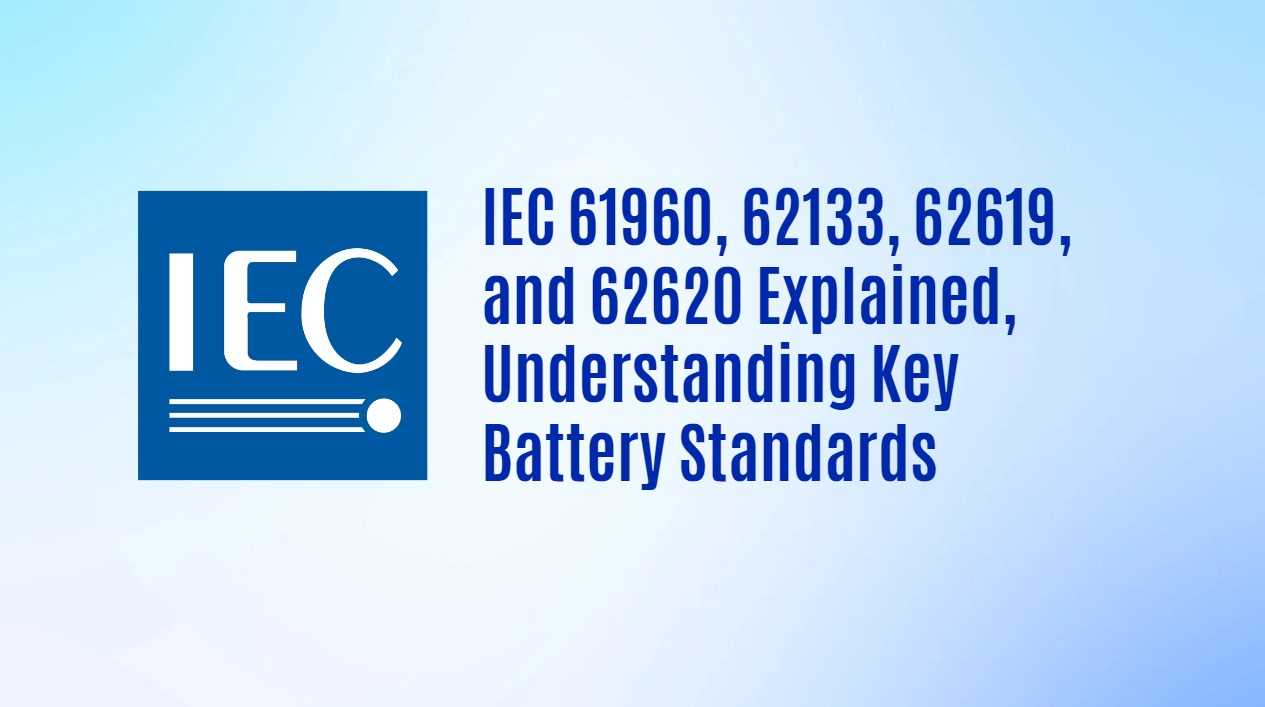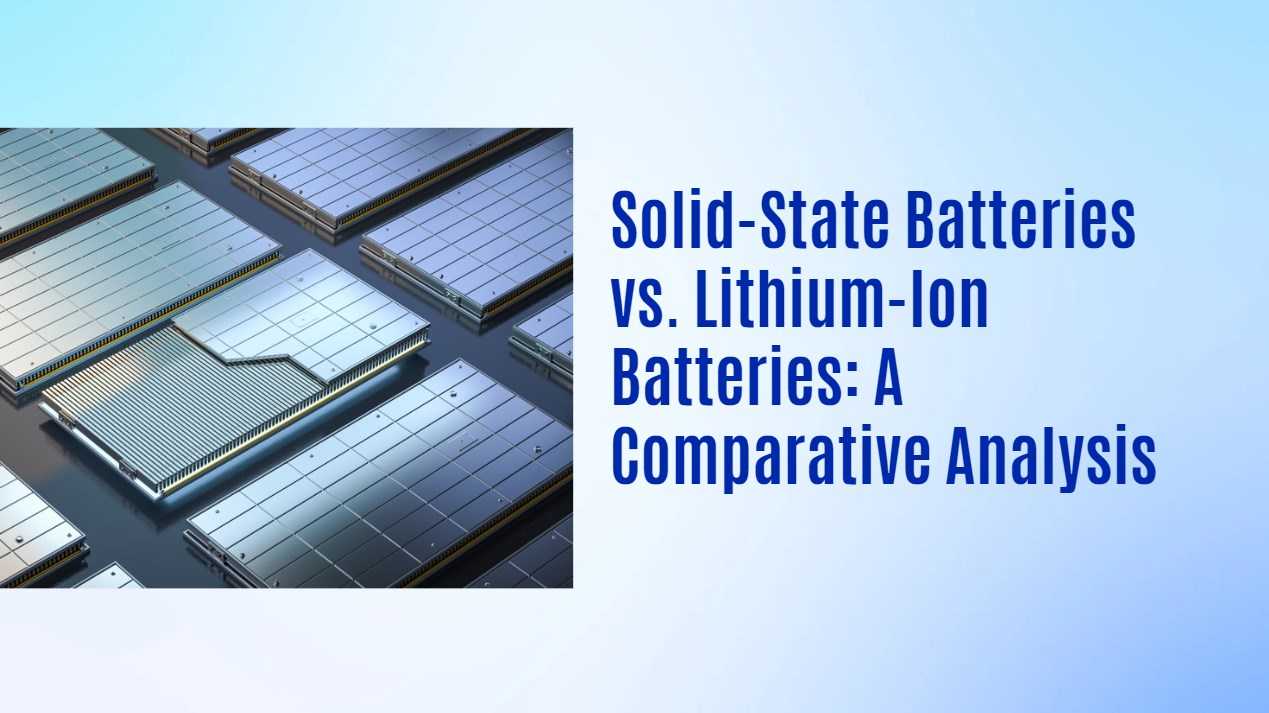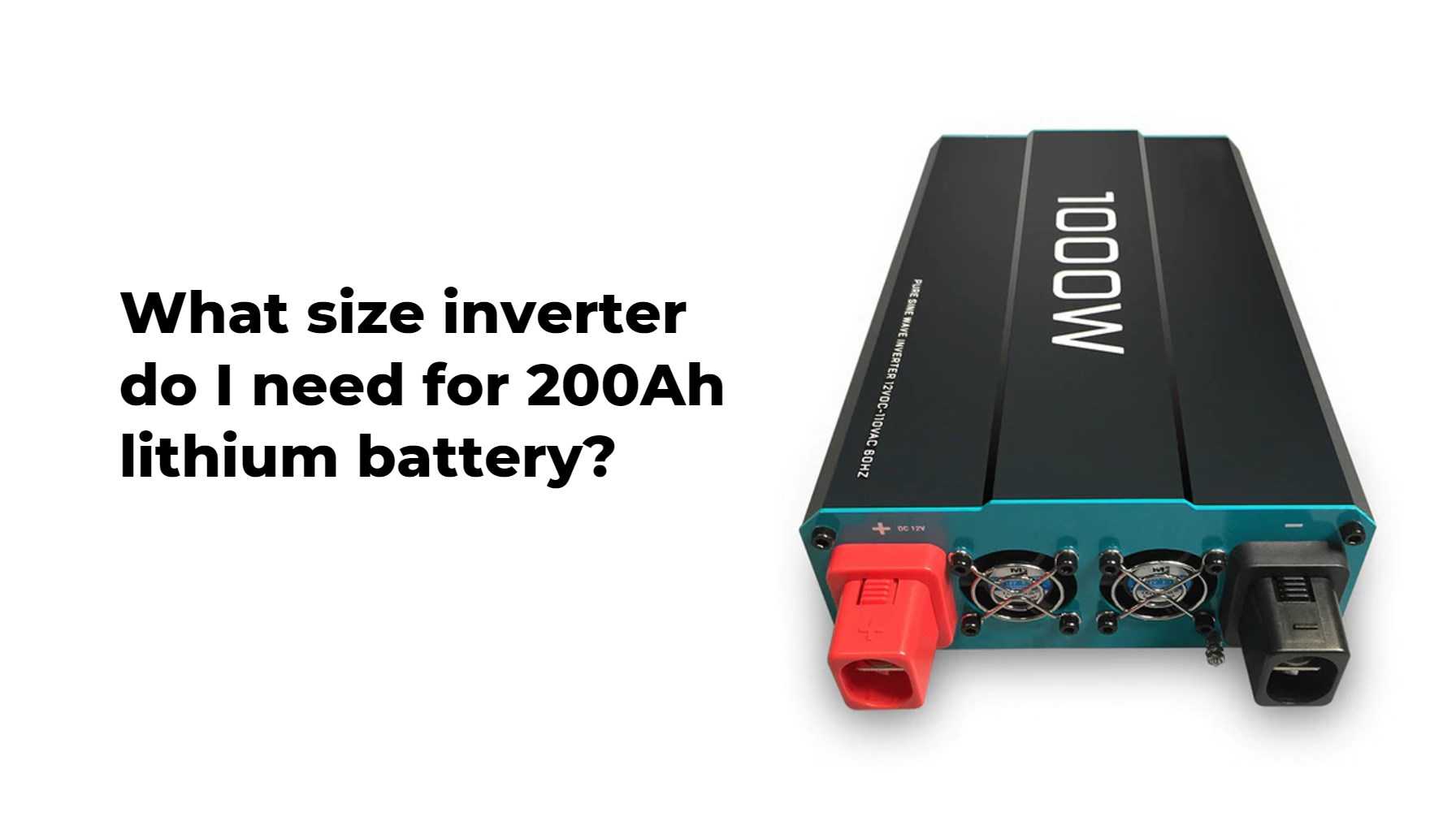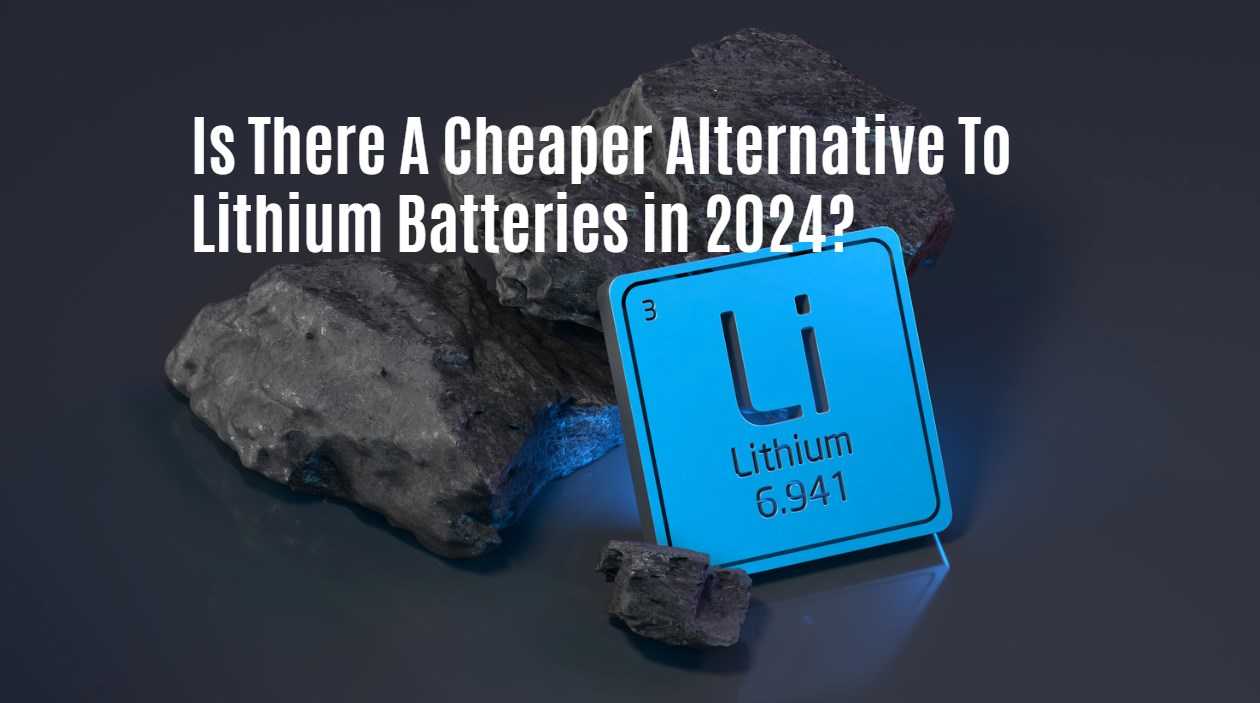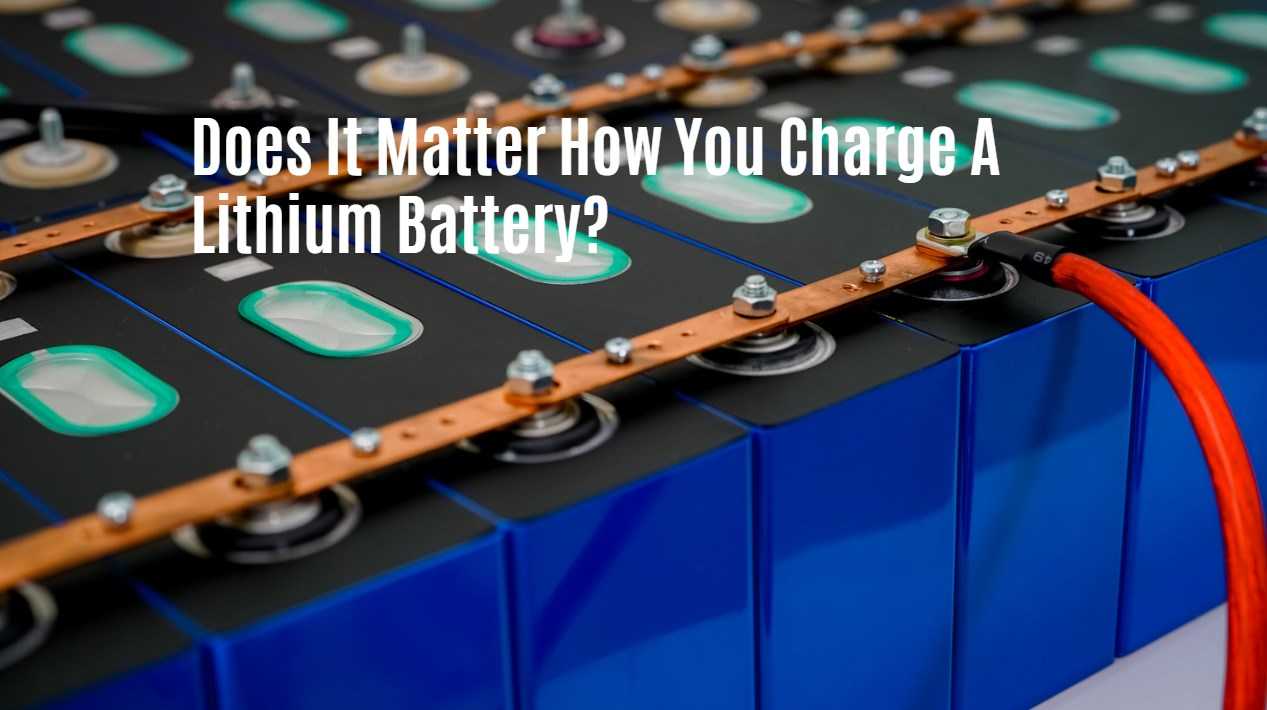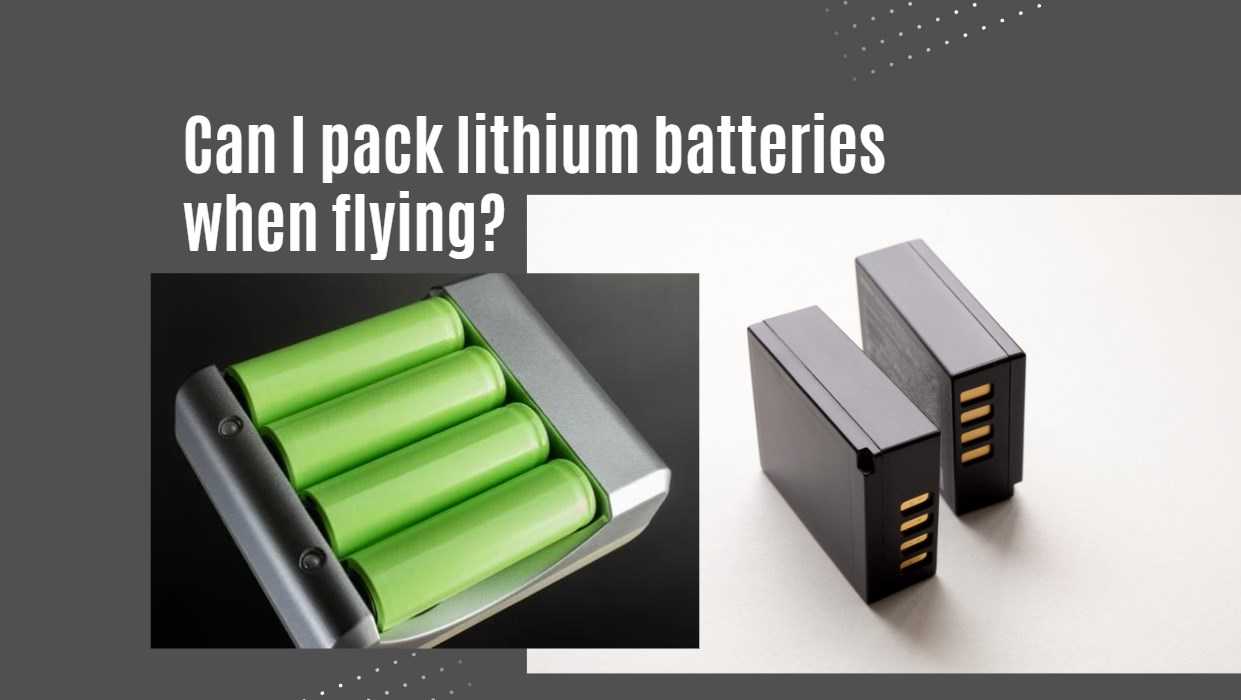Complete Buying Guide for 21700 Battery Cells in 2024
As the demand for high-capacity batteries continues to rise, 21700 battery cells have emerged as a popular choice for various applications, from electric vehicles (EVs) to power tools and consumer electronics. This comprehensive buying guide will help you navigate the key features, benefits, and considerations when selecting the best 21700 battery cells in 2024.
What is a 21700 Battery?
The 21700 battery is a cylindrical lithium-ion cell that measures 21mm in diameter and 70mm in length. It offers higher capacity and energy density than its predecessor, the 18650 battery, making it suitable for high-drain devices. Typical capacities range from 3000mAh to 5000mAh, providing extended run times for various applications.
Advantages of 21700 Batteries
- Higher Capacity: With increased energy storage capabilities, 21700 batteries can power devices longer between charges.
- Improved Discharge Rates: They are designed to handle higher discharge currents, making them ideal for power-hungry applications.
- Versatility: Suitable for a wide range of uses, including electric vehicles, power tools, vaping devices, and more.
Key Features to Consider When Buying 21700 Batteries
- Capacity (mAh):
- Choose a battery with an appropriate capacity for your needs. Higher capacities (e.g., 5000mAh) are better for devices requiring extended use without frequent recharging.
- Discharge Rate (A):
- Look at the continuous discharge rate, which indicates how much current the battery can deliver safely. For high-drain applications, opt for batteries with discharge rates of 30A or more.
- Cycle Life:
- The number of charge-discharge cycles a battery can undergo before its capacity significantly degrades is crucial. Aim for batteries with a cycle life of at least 300-800 cycles.
- Voltage Rating:
- Most 21700 batteries have a nominal voltage of 3.6V, with a maximum charge voltage of about 4.2V. Ensure compatibility with your device’s voltage requirements.
- Brand Reputation:
- Consider purchasing from reputable manufacturers known for quality and reliability. Brands like Samsung, Sony, LG, and Molicel are well-regarded in the industry.
Top 21700 Battery Brands in 2024
1. Samsung INR21700-40T
- Capacity: 4000mAh
- Continuous Discharge Rate: 35A
- Applications: Ideal for high-drain devices like power tools and electric vehicles.
2. Sony Murata VTC6A
- Capacity: 4000mAh
- Continuous Discharge Rate: 30A
- Applications: Known for reliability in high-performance scenarios such as vaping and power electronics.
3. LG M50
- Capacity: 5000mAh
- Continuous Discharge Rate: 20A
- Applications: Best suited for low to moderate drain applications where longevity is prioritized.
4. Molicel P42A
- Capacity: 4200mAh
- Continuous Discharge Rate: Up to 45A
- Applications: Excellent choice for demanding applications requiring both high capacity and discharge rates.
5. Forge Battery Gen. 1.1 Supercell
- Capacity: Not specified but designed for high energy density.
- Features: Fast charging capabilities and high safety standards.
- Applications: Targeted at EVs and aerospace markets with advanced technology like Atomic Armor coating.
Latest Innovations in 21700 Battery Technology
Recent advancements in battery technology have led to significant improvements in performance and safety:
- Graphene Integration: Companies like Nanotech Energy are introducing graphene-based cells that enhance performance and stability.
- Fast Charging Solutions: New technologies allow certain models to fast charge within minutes without compromising lifespan.
- Sustainability Efforts: Manufacturers are increasingly focusing on eco-friendly production methods and materials sourced locally to reduce environmental impact.
Buying Tips
- Assess Your Needs: Determine the specific requirements of your device or application before selecting a battery.
- Check Compatibility: Ensure that the chosen battery fits your device’s specifications regarding size, voltage, and discharge rates.
- Read Reviews: Look for user reviews and expert opinions to gauge performance and reliability.
- Purchase from Trusted Retailers: Buy from reputable sources to ensure you receive authentic products with valid warranties.
Conclusion
Choosing the right 21700 battery cells in 2024 involves considering capacity, discharge rates, cycle life, and brand reputation. With numerous options available on the market today, understanding your specific needs will help you make an informed decision that ensures optimal performance for your devices. By following this guide, you can confidently select the best 21700 batteries tailored to your requirements.


